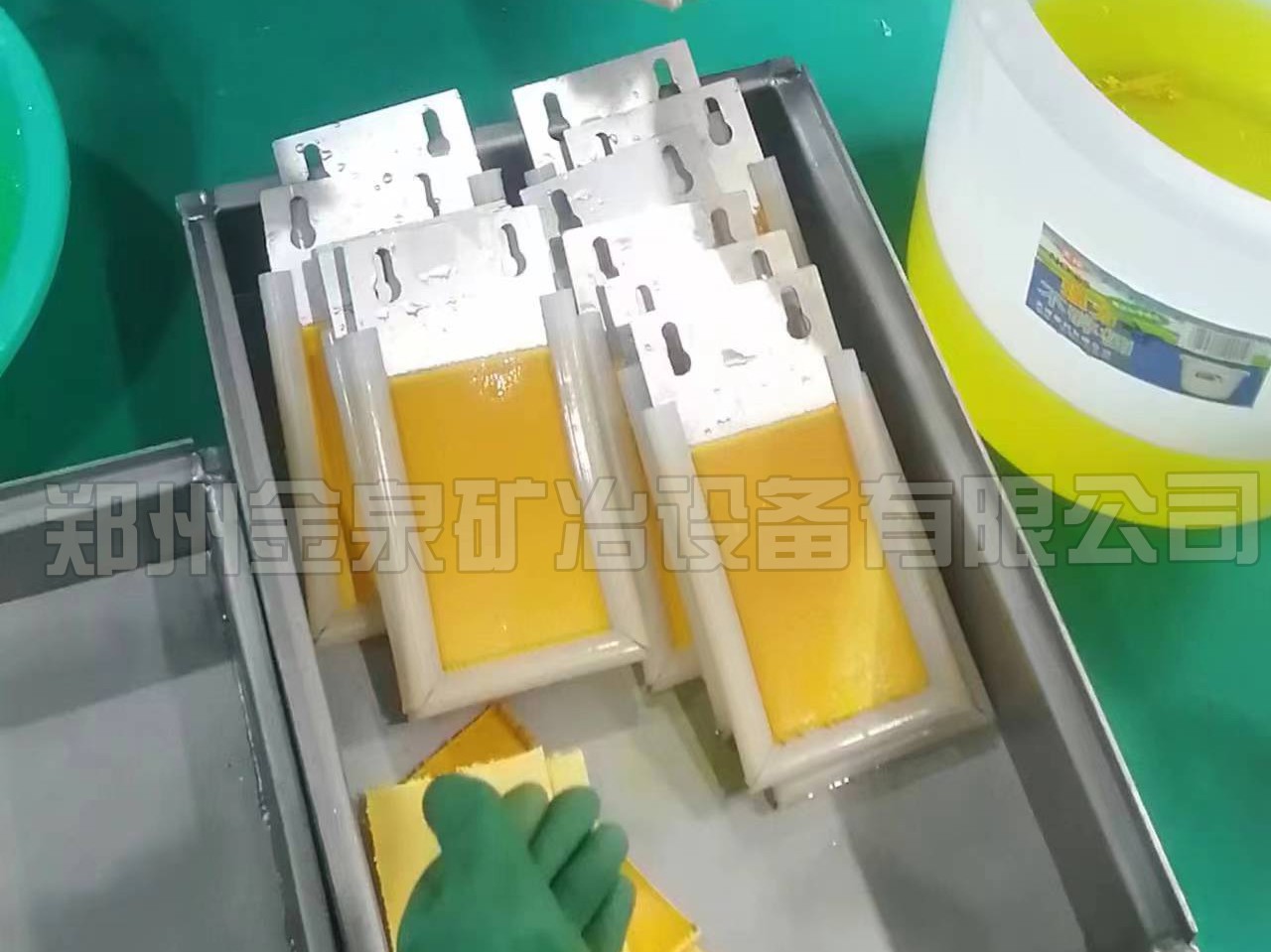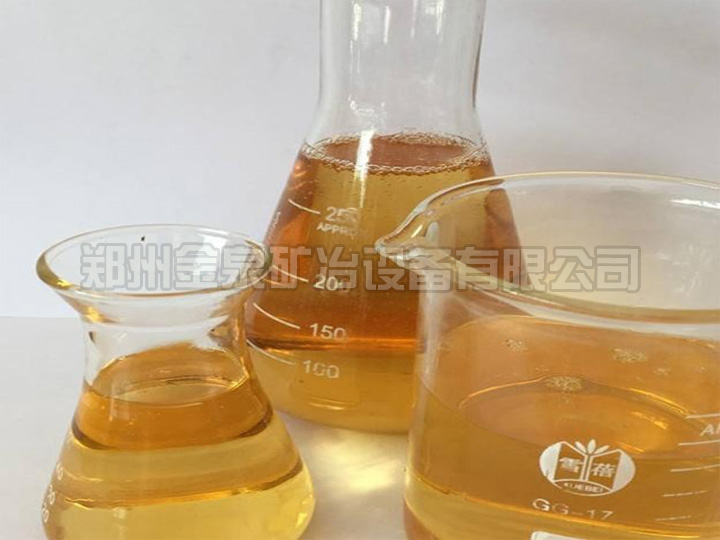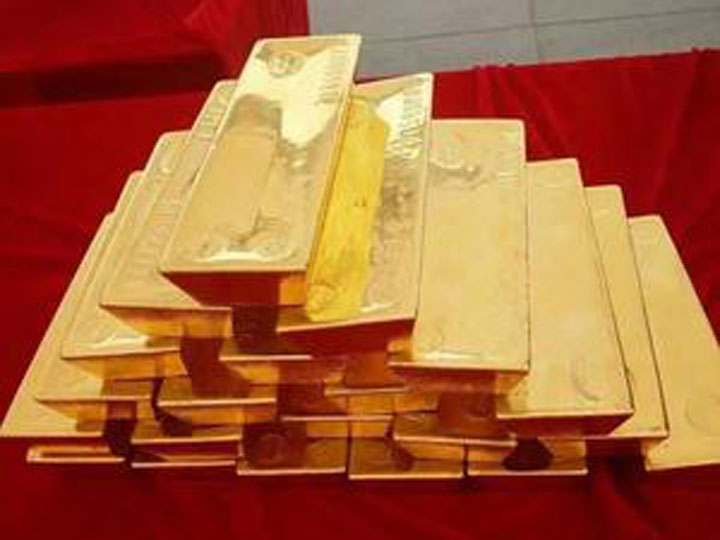 +8613303827570
+8613303827570
1600 ℃ 4-8 kg induction heating type continuous cast equipment
1. Jewelry continuous casting device is specially developed for casting high-purity gold, K gold, silver and other precious metal plates, bars, rectangular bars, circular pipes and other products
2. It adopts gas protection melting, temperature control accuracy and automatic mixing function to let the surface of the finished product shining without any pores and oxidation
3. The best casting technology and top-level equipment engineering are used to achieve the best metallurgy and high precision. The continuous casting machine is extremely fast, reliable and cost-effective
| model: | LS-8 |
| power: | 380V, 50/60 hz, 25kw |
| Maximum current: | 26 A |
| Applied metal: | Gold, silver, copper, and their alloys |
| Maximum capacity: | 24k 8.0 kg; 18k 6.0 kg; 925 silver 4.0 kg |
| smelting time: | 8 min |
| application: bar: | diameter 4-20 mm |
| pipe: | min 9-12mm, max 52-60mm |
| block: | min T5xW5mm, max T20x W70mm |
| maximum temperature: | 1600 ℃ |
| K-type thermocouple: | 1100℃ |
| Maximum pulling speed: | 40 cm/min |
| Machine size: | 1120x840x1560 mm |
| Machine weight: | 205 kg |
| Shielding gas: | Nitrogen or argon |
| heating system: | induction heating |
| Temperature control system: | PID |
| Temp Accuracy: | +-2℃ |
-
 common methods for separating gold and silvercommon methods for separating gold and silver
common methods for separating gold and silvercommon methods for separating gold and silverCommon Methods for Separating Gold and Silver:
Chemical dissolution method: Gold can be dissolved in hydrochloric acid, while silver reacts with Cl⁻ ions to form a silver chloride precipitate during the dissolution process. After filtering, gold and silver are separated.
Aqua-regia solution method: Suitable for alloys with low silver content (silver typically below 10%), this method allows both gold and silver to dissolve. However, after dissolving, silver reacts with Cl⁻ ions to form a silverCommon Methods for Separating Gold and Silver chloride precipitate, enabling it to be separated from gold.
-
 chemical separation of gold and silverchemical separation of gold and silver
chemical separation of gold and silverchemical separation of gold and silverChemical separation of gold and silver:
Using a single acid, it cannot dissolve gold but can dissolve silver, achieving the separation of gold and silver. Hydrochloric acid or sulfuric acid is commonly used. This method is typically used for gold-silver alloys with a gold content below 30%, while silver, copper, iron, and zinc can be dissolved in hydrochloric acid or sulfuric acid, whereas gold cannot. After filtering and washing, it can obtain gold with over 98% purity. For lead-containing alloys, hydrochloric acid is used for dissolution
-
 extraction of gold from alloy goldextraction of gold from alloy gold
extraction of gold from alloy goldextraction of gold from alloy goldAlloy gold: Alloy gold produced by roasting mercury paste on a mercury plate, alloy gold produced by melting gold paste in a converter, alloy gold produced by melting gold paste after removing impurities with nitric acid, alloy gold obtained by pyrometallurgical or hydrometallurgical treatment of copper lead anode paste, and other alloy gold produced in other gold and silver mines and rare and precious plants for non-ferrous metallurgy.
The gold content is 40%~99.9%, and the silver content is 40%~99.9%.







